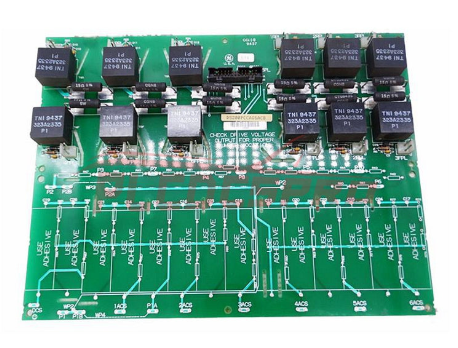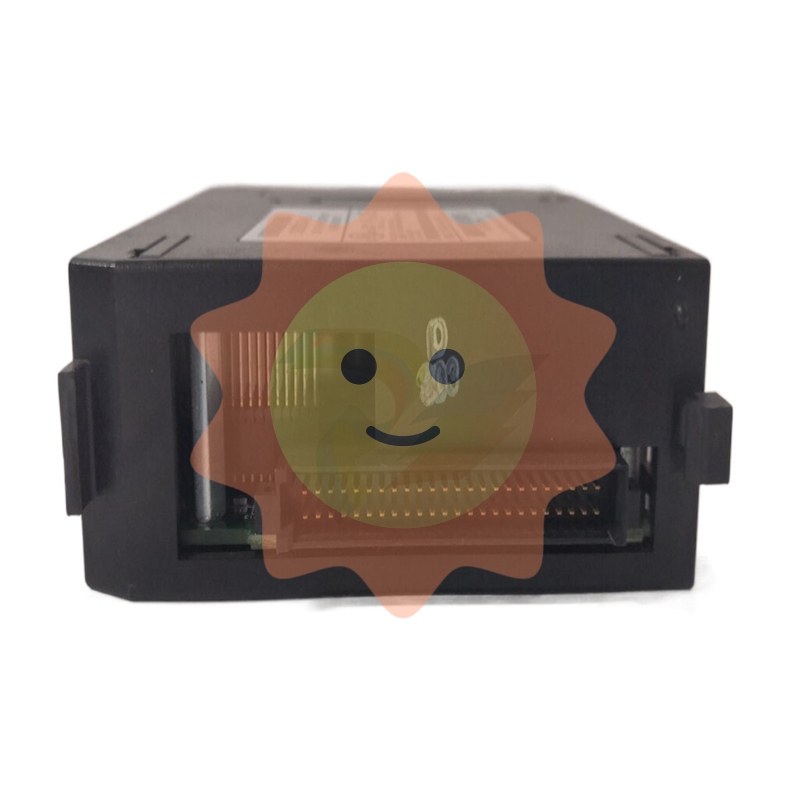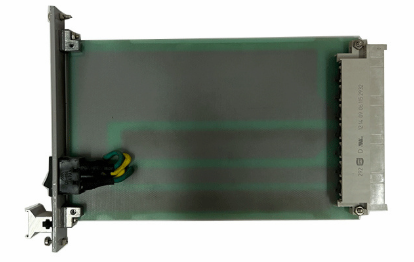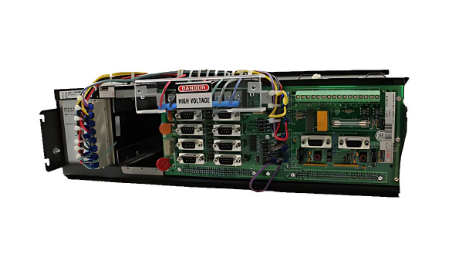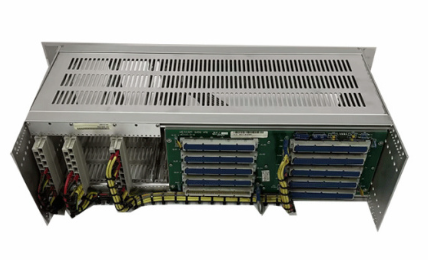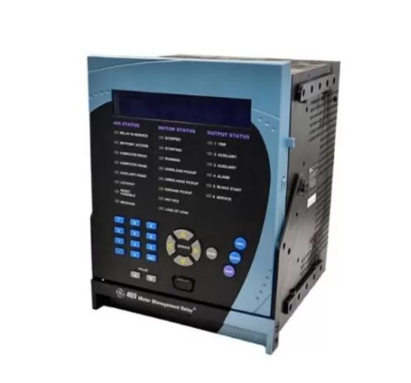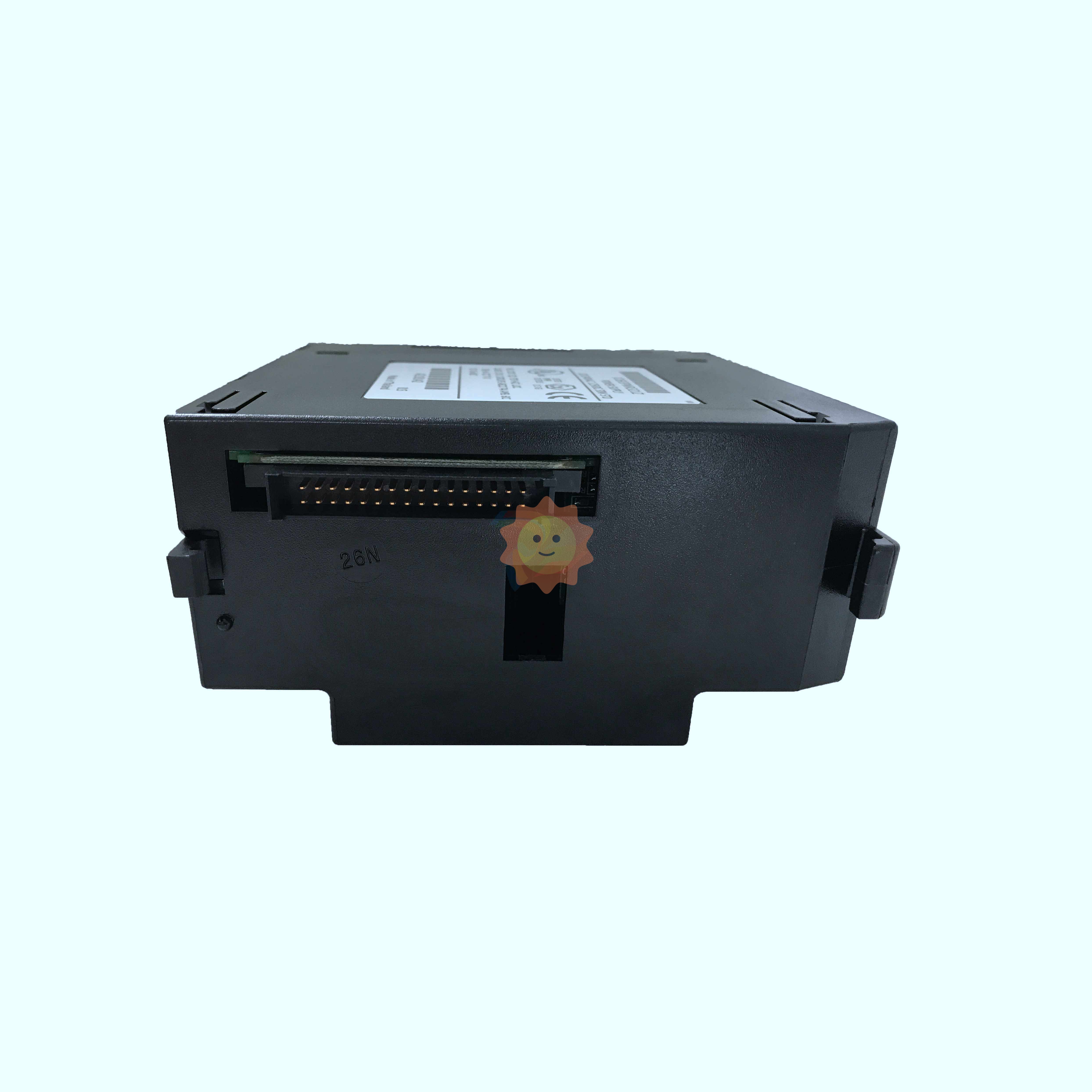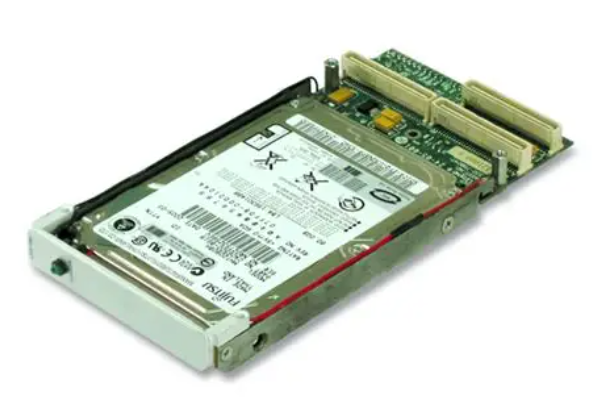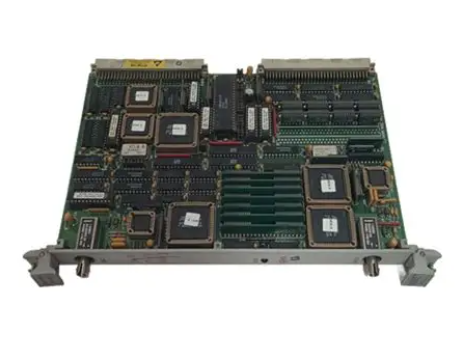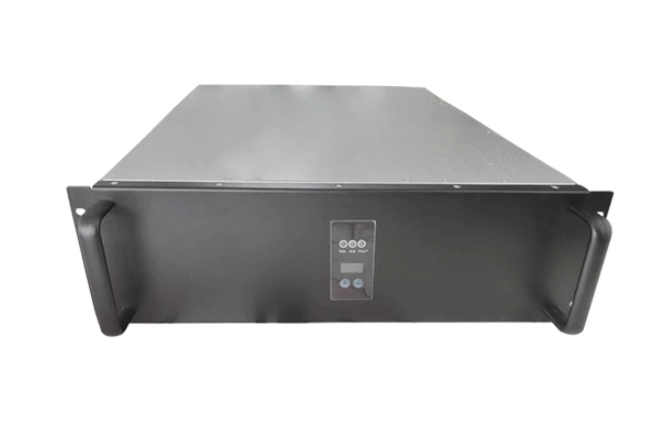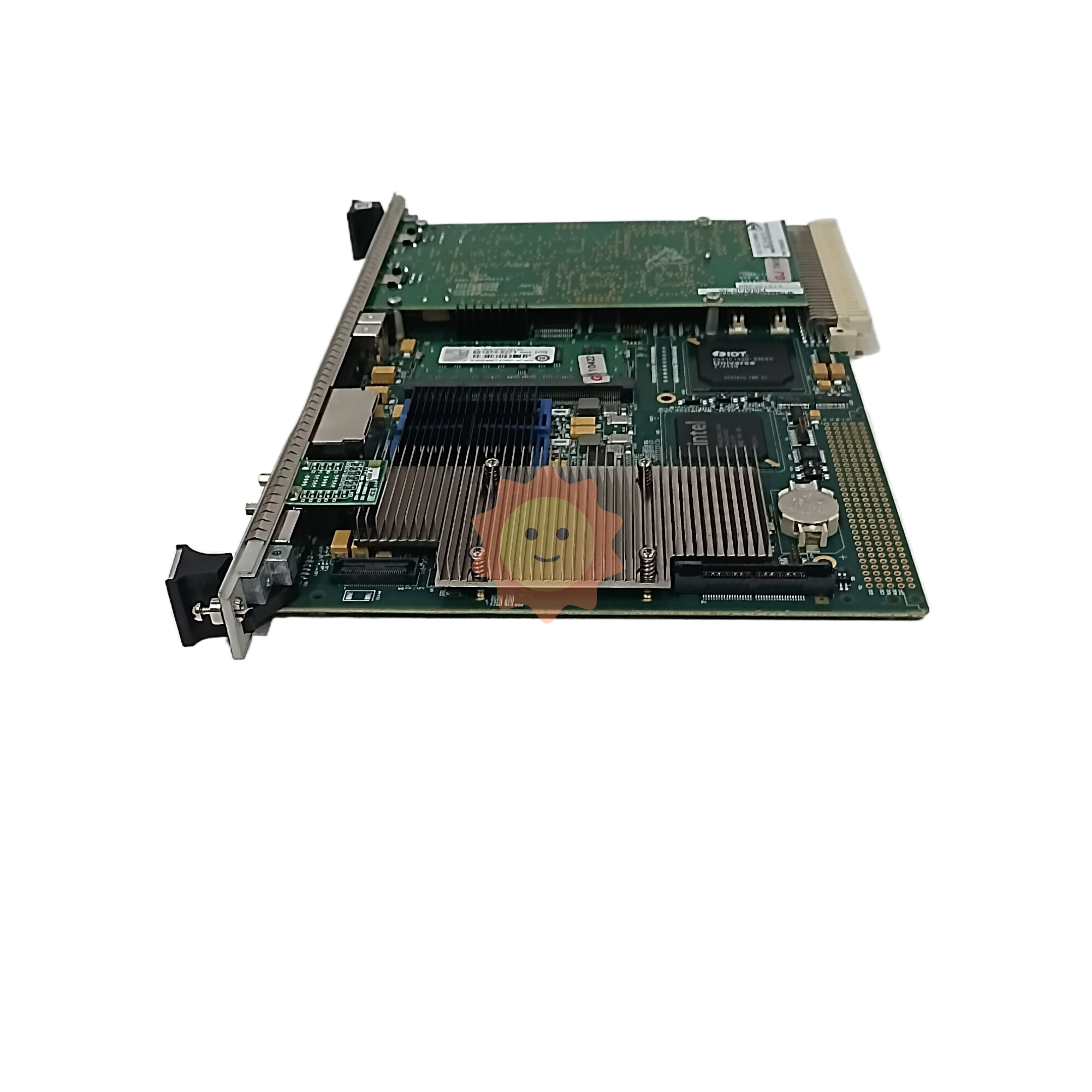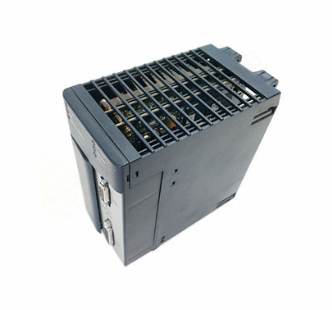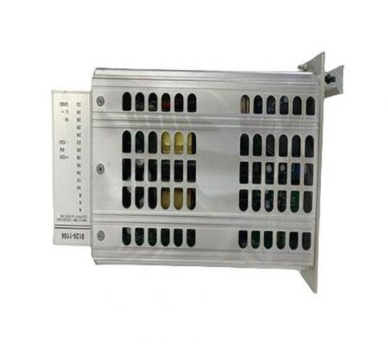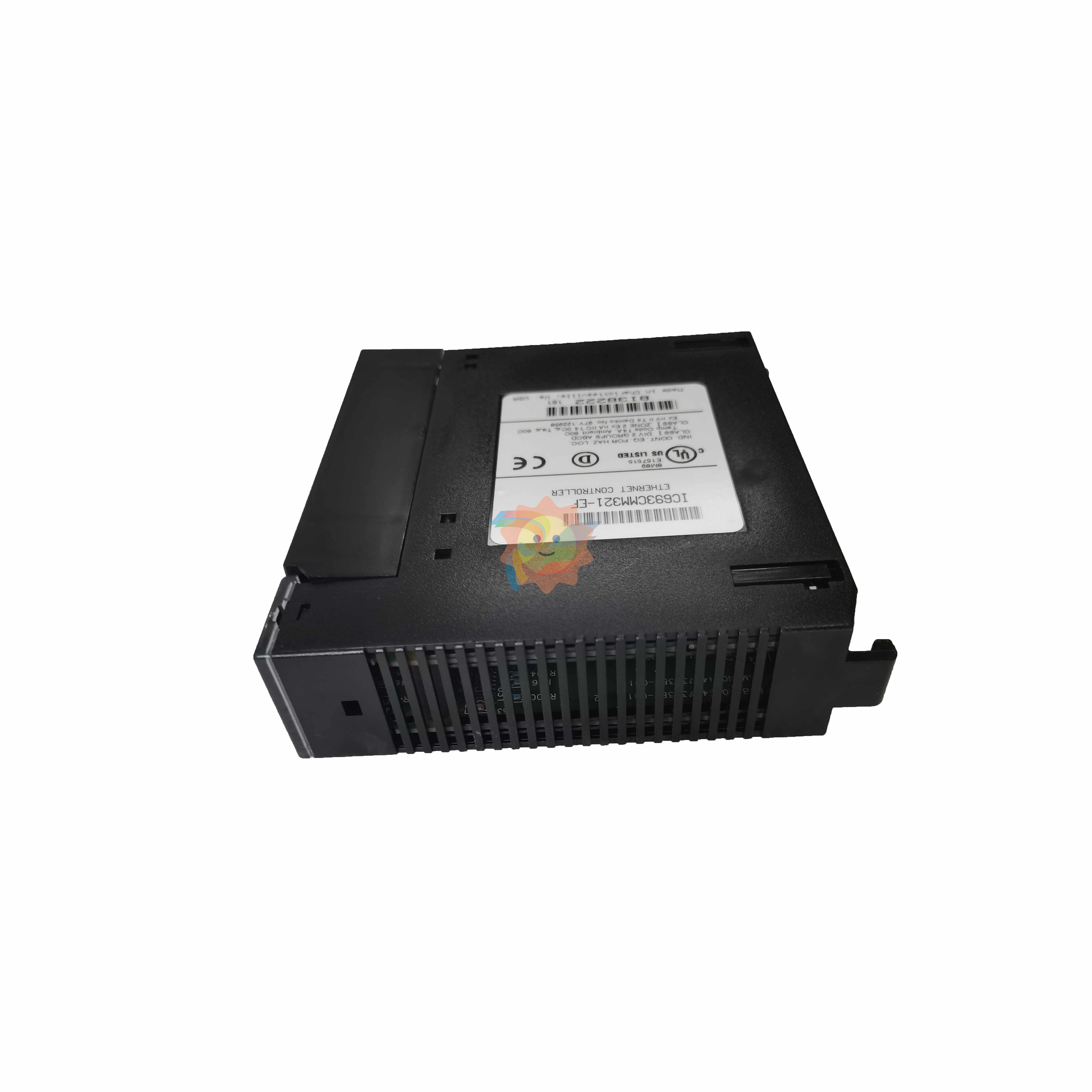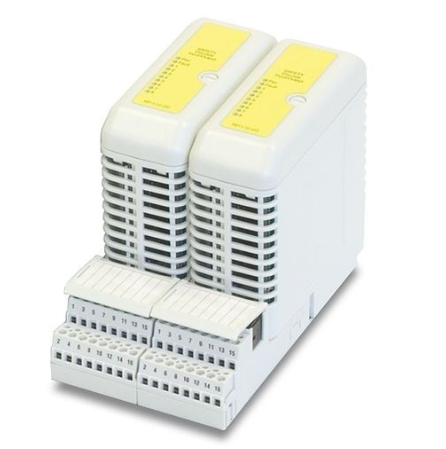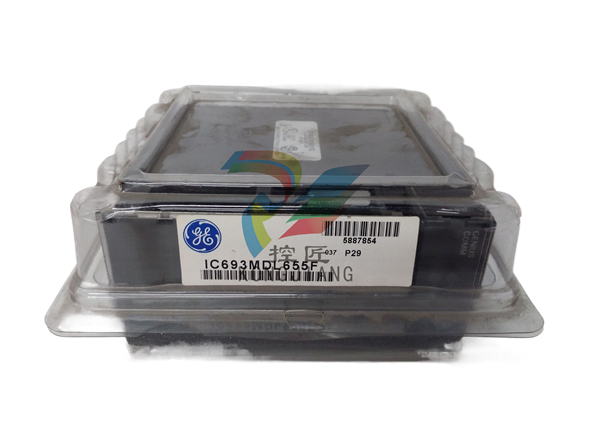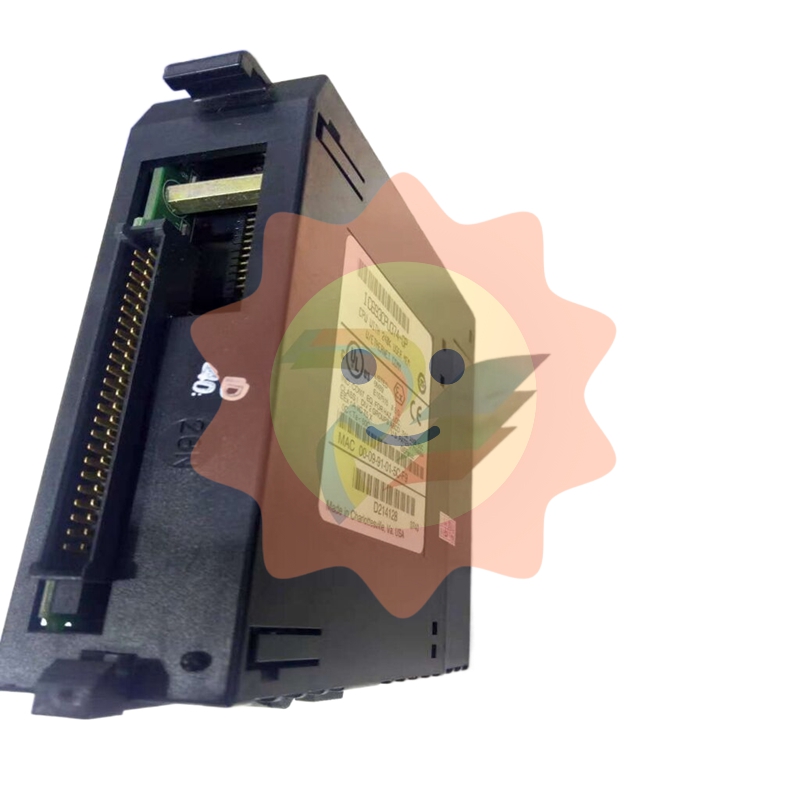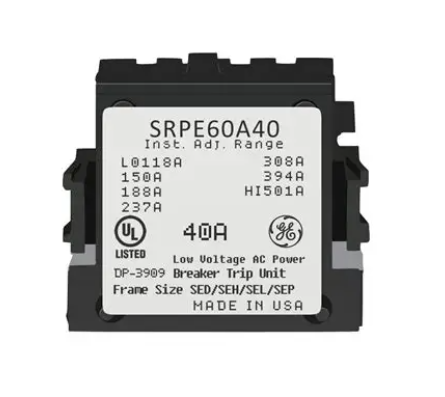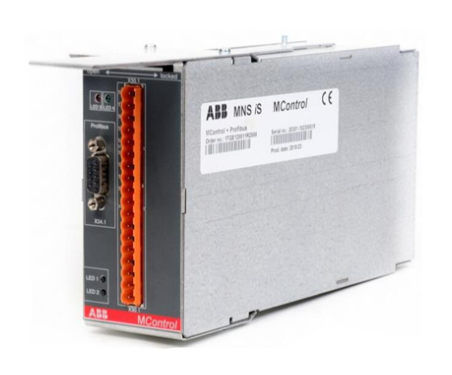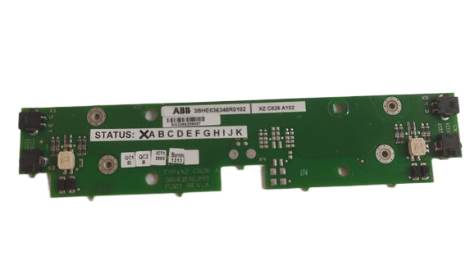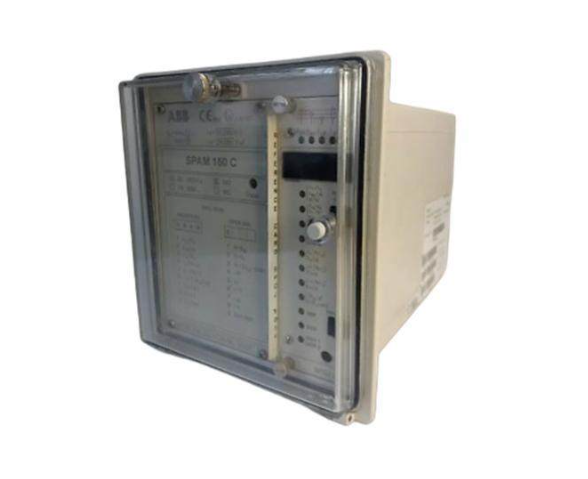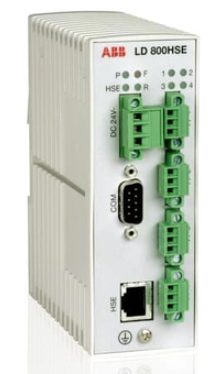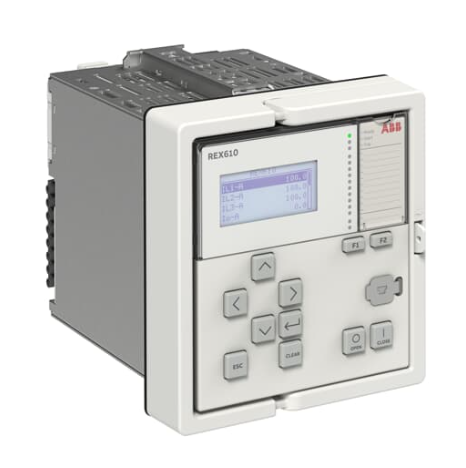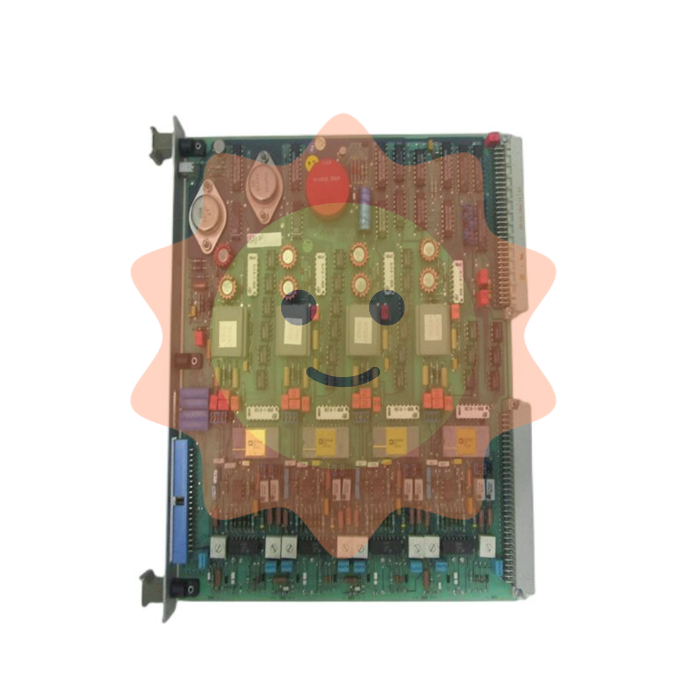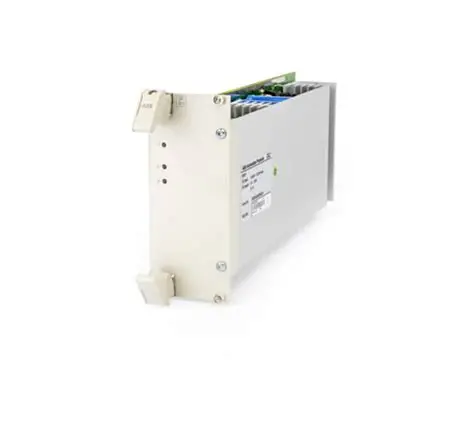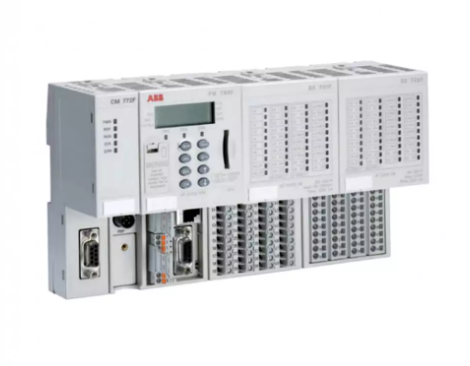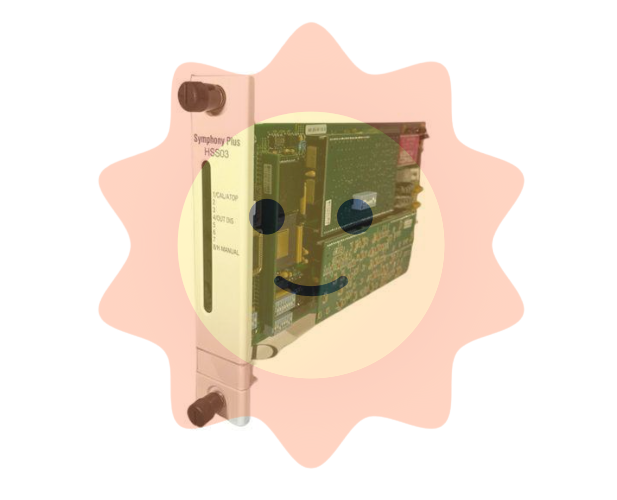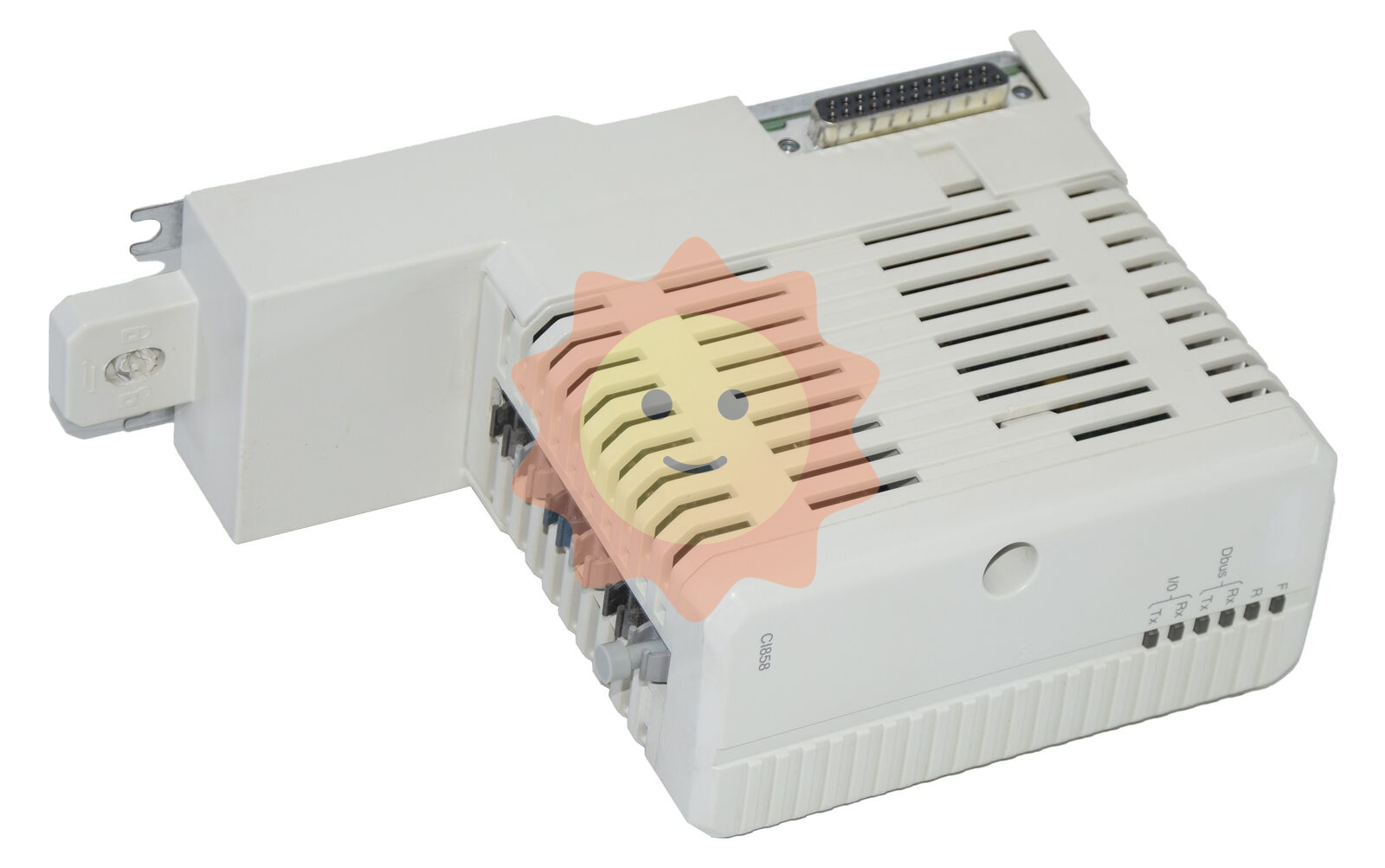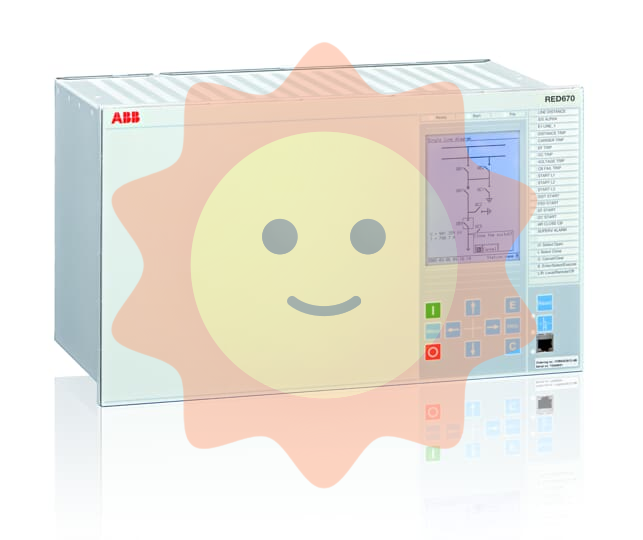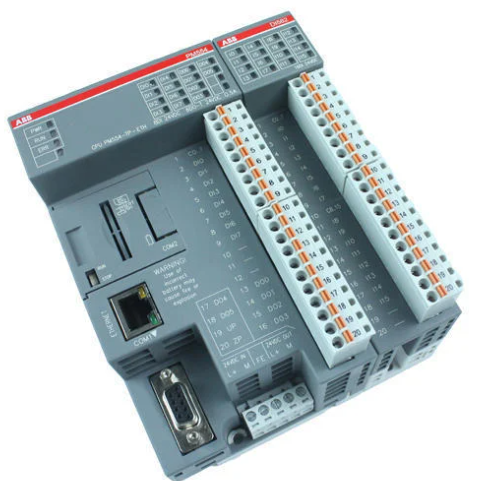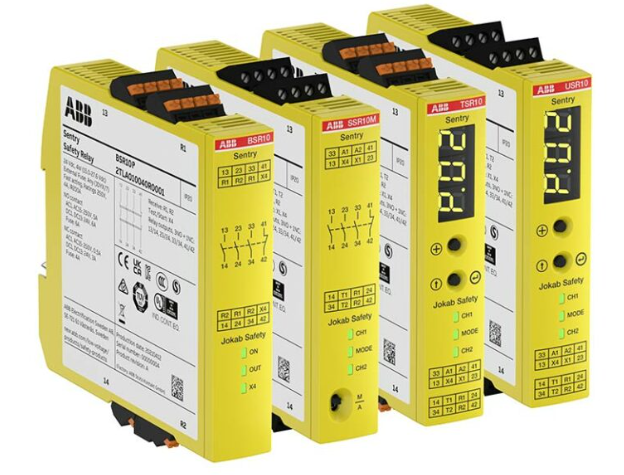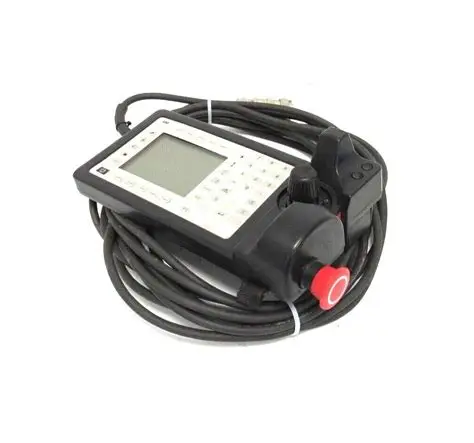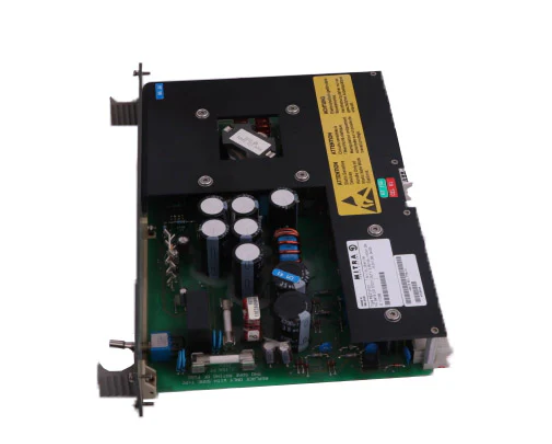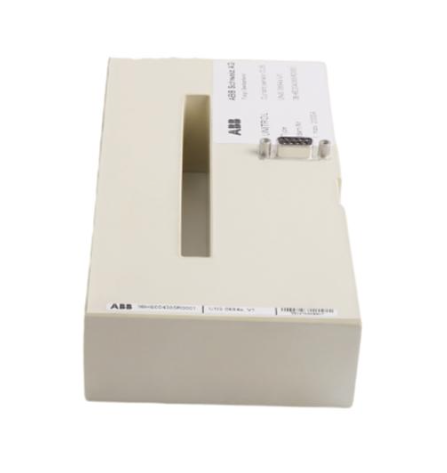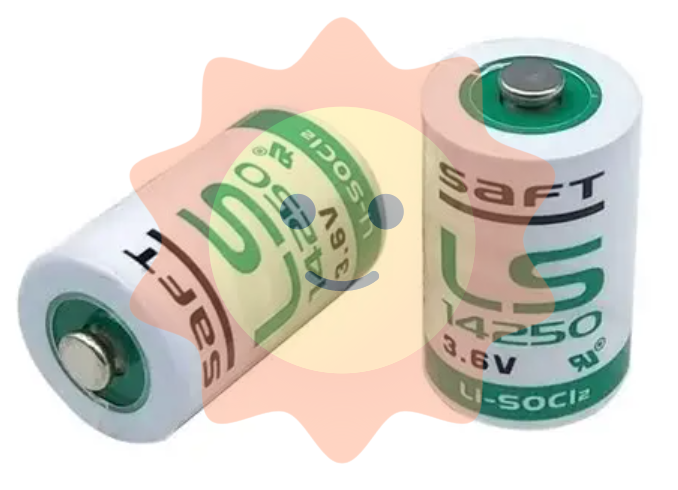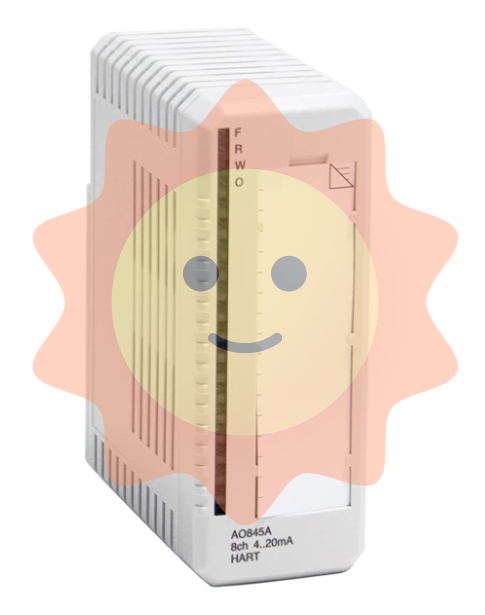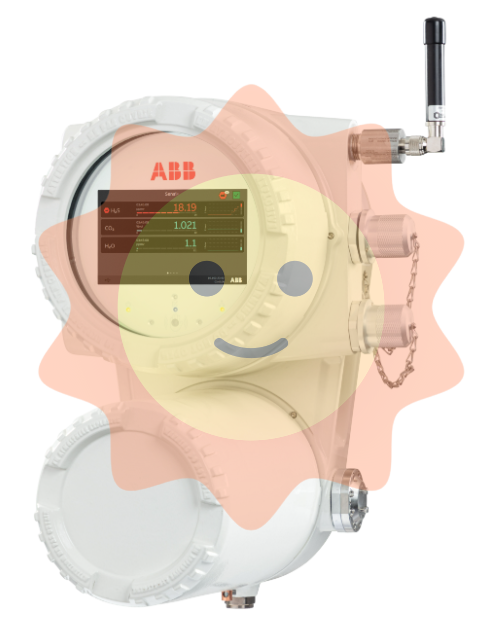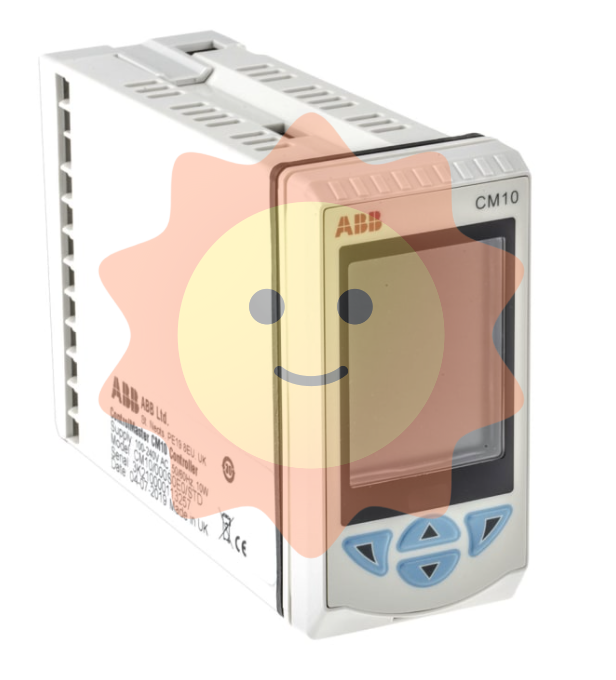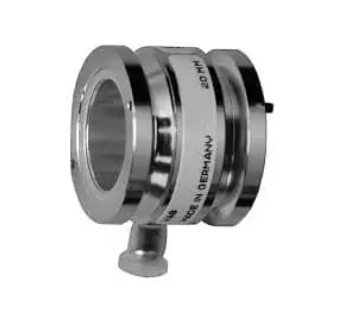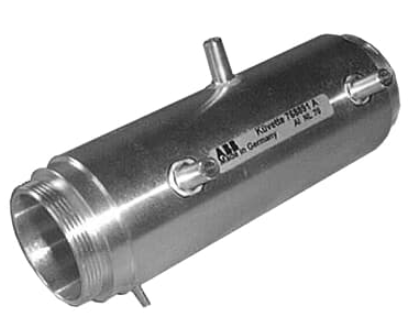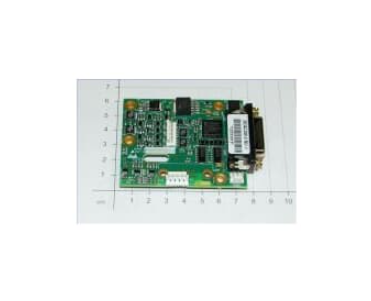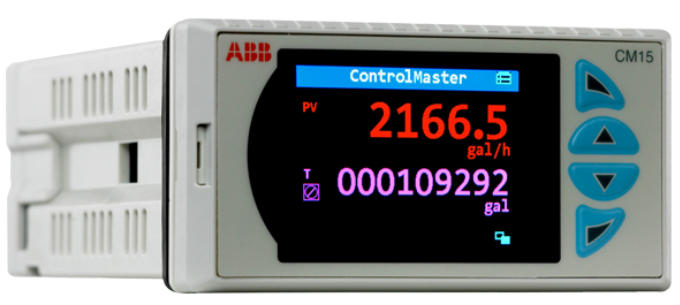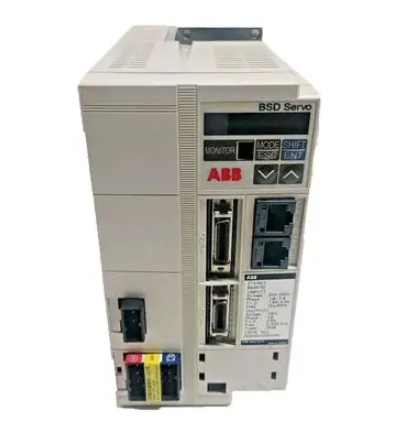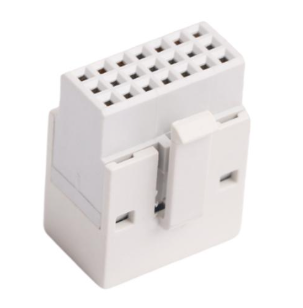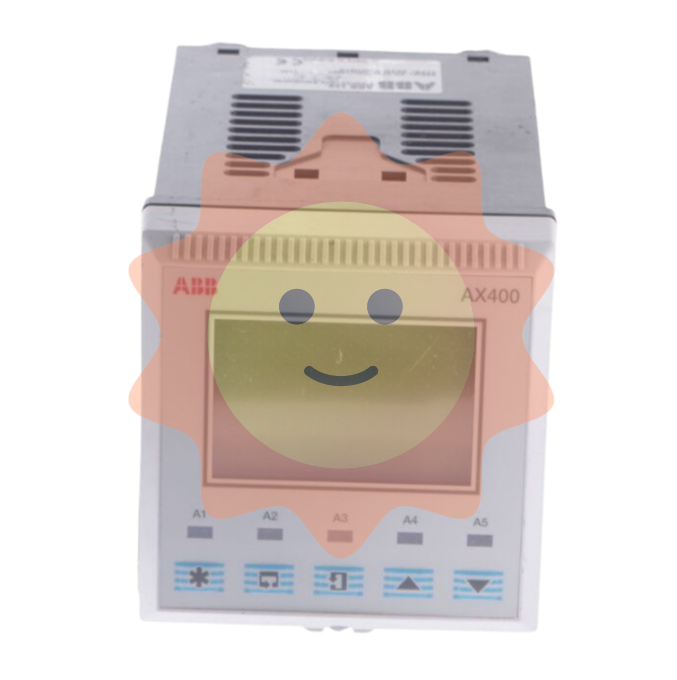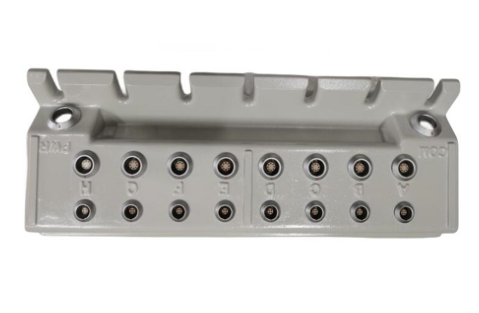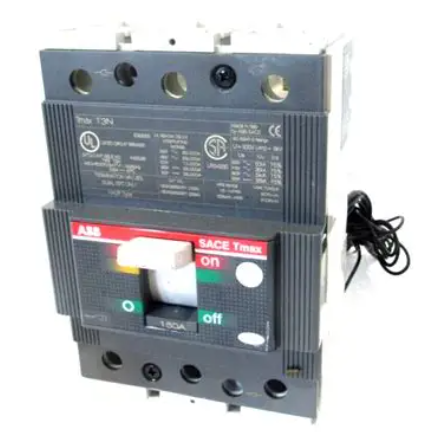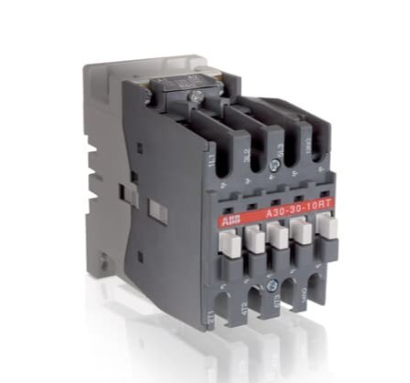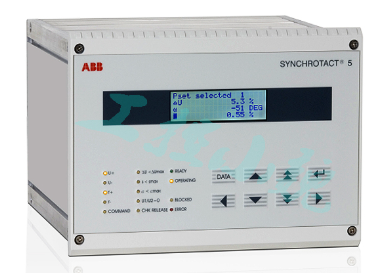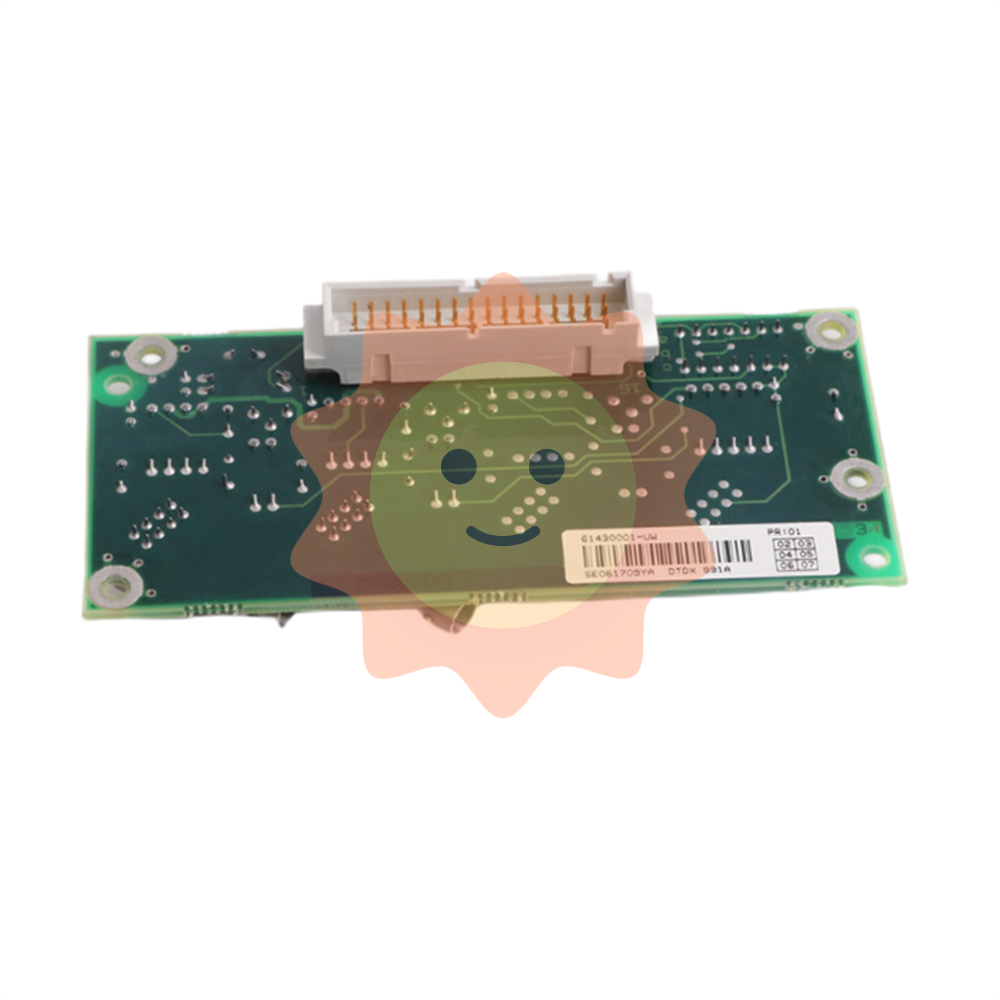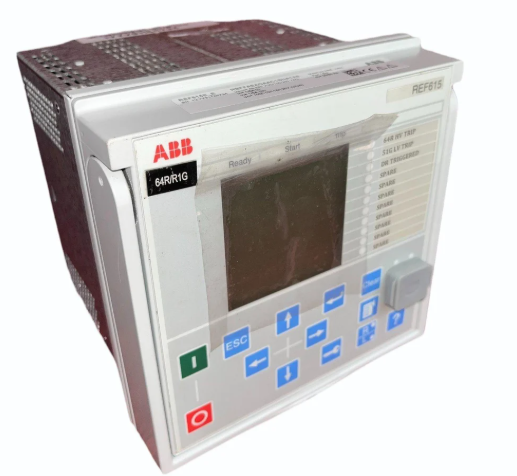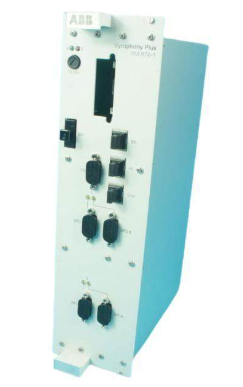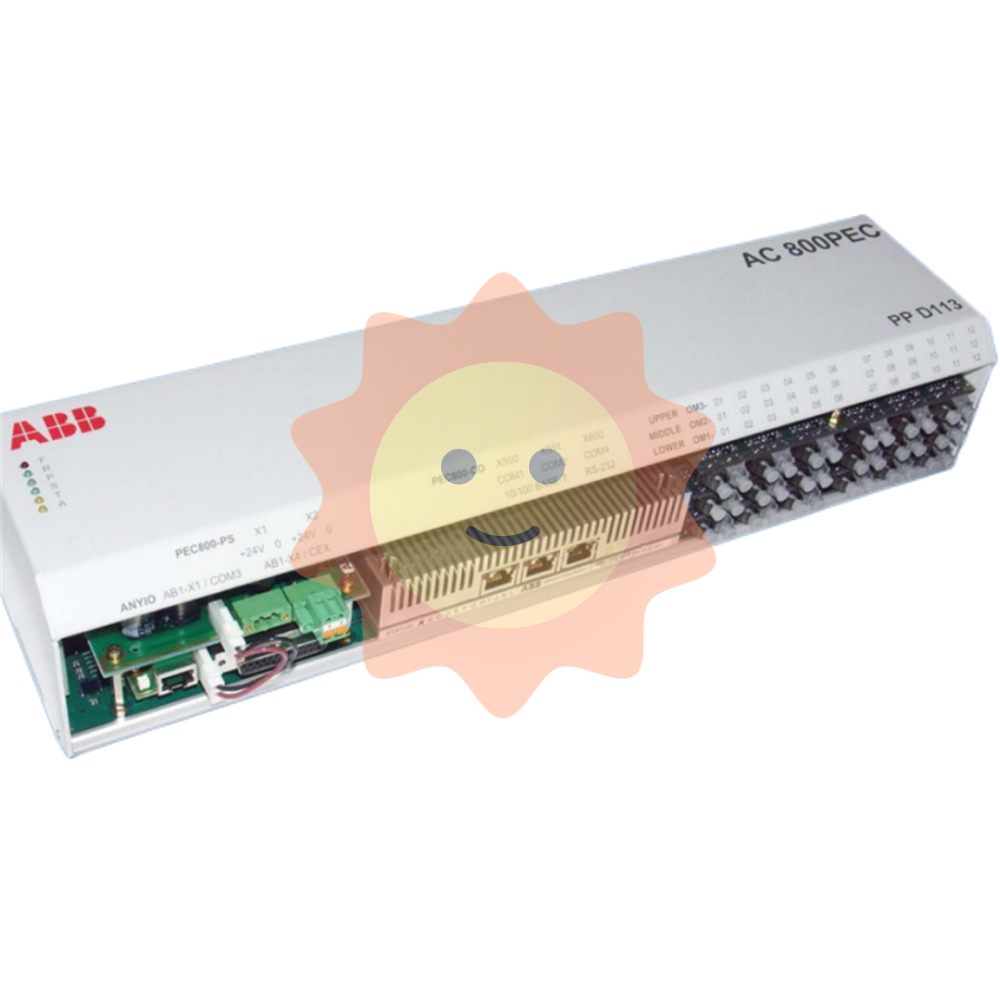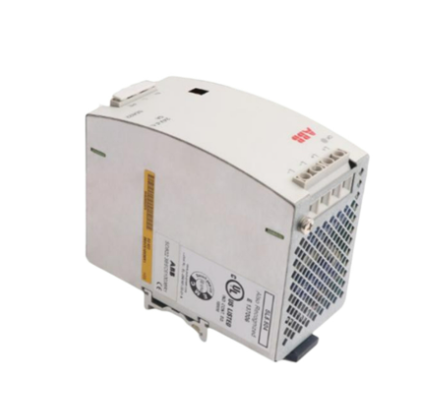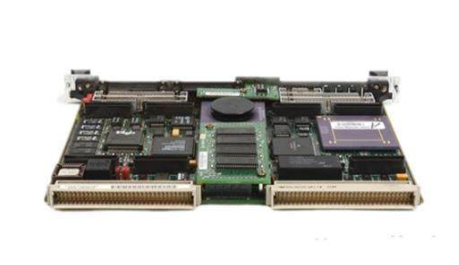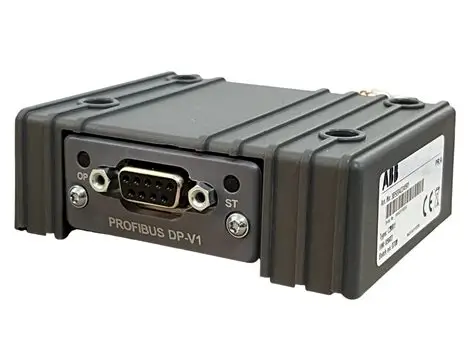Wind power generation principle and wind power generation process

6. Aerodynamic model and shafting model
6.1 Aerodynamic model
Pitch Angle control:
To maintain the optimal tip ratio, the wind turbine speed needs to be adjusted according to the wind speed change, so only variable speed operation can ensure that the wind turbine captures the maximum wind energy and the highest efficiency.
V R / ωλ = Energy of the wind refers to the dynamic energy of the wind. The dynamic energy of air with a given mass can be calculated by using the following common formula.
Energy = 1/2 X mass X velocity ^2
The work rate of the wind blowing through a particular surface volume can be calculated using the following common formula.
Work rate = 1/2 X air density X area X (velocity)^3
Among them,
The power rate is watts per bit;
Air density per position is 1000 g/cubic meter;
Surface volume refers to the transverse surface volume of gas flow, and the single position is square meters.
Velocity unit is m/s.
At the height of the sea level and 15 degrees of photography, the air density of dry air is 1.225 kg/m3. Air density varies with air pressure and temperature. As the altitude increases, the air density also decreases.
In the above formula, it can be seen that the work rate of the wind is positively proportional to the cubic square of the velocity and to the product of the swept surface of the wind wheel. In fact, the wind wheel can only lift a part of the energy of the wind, but not the whole.
2) Working principle of wind power generator
Modern wind power generators use aero-dynamic mechanics, just like the wings of an airplane. The wind does not "push" the blades of the wind wheel, but the pressure difference that blows through the blade shape into the positive and opposite sides of the blade. This pressure difference produces a lifting force that causes the wind wheel to spin without breaking the transverse wind flow.
The wind wheel of the wind generator can not take up the work rate of the wind. According to Betz's law, the maximum power that can be extracted by the theoretical wind motor is 59.6% of the power of the wind. Most wind turbines can only extract 40% or less of the power of the wind.
The main package of the wind generator consists of three parts: the wind wheel, the cabin and the tower pole. The most common structure of the large type of wind power generator connected to the electric grid is the cross-axis three-blade wind wheel, which is mounted on the vertical tubular tower rod.

The blades of the wind wheel are made of composite materials. Unlike the small wind generator, the wind wheel of the large wind generator is slow. A more simple wind generator uses a fixed speed. Generally, two different speeds are used - low speed in weak winds and high speed in strong winds. The responsive step generator of these constant speed wind turbines can directly generate alternating current of network frequency.
Newer designs are generally variable (such as Vestas' V52-850 kW wind motors, which run from 14 RPM to 31.4 RPM). With variable speed operation, the air-air dynamic efficiency of the wind wheel can be improved, more energy can be extracted, and the noise is lower under weak wind conditions. For this reason, the variable speed wind turbine design is more and more popular than the constant speed wind turbine.
The sensor installed on the cabin detects the direction of the wind, and through the steering machine is installed to make the cabin and the wind wheel automatically turn to face the wind.
The rotating movement of the wind wheel is transmitted to the generator in the cabin through the gear wheel speed change box (if there is no gear wheel speed change box, it is directly transmitted to the generator). In the wind power industry, the wind power generator equipped with variable speed box is very common. However, the multi-pole direct drive generator designed for wind turbines has also made significant progress.
Transformers at the bottom of the tower (or some in the engine room) can raise the generator voltage to the distribution network voltage (11 kV in the case of Hong Kong).
The power output of the generator varies with the wind force. Under strong wind, the two most common methods of limiting power output (limiting the pressure of the wind wheel) are the stall adjustment and the Angle adjustment. In the case of an air generator with speed retarding regulation, strong wind exceeding the fixed speed will cause the air flow passing through the plate to produce turbulence, causing the wind turbine to lose speed. When the wind force is too strong, the brake at the tail of the plate will be activated, causing the wind wheel to brake the car. So that the wind turbine with oblique Angle adjustment, each blade can be enough to rotate in the longitudinal direction as the axis, the blade Angle changes with the wind speed, and from then to change the air and air dynamic force performance of the wind wheel. When the wind force is too strong, the blade turns to the edge of the air facing the wind, and the wind wheel brakes the car.
The blade is embedded in the lightning rod, when the blade is struck by lightning, it can guide the current in the flash to the ground
- EMERSON
- Honeywell
- CTI
- Rolls-Royce
- General Electric
- Woodward
- Yaskawa
- xYCOM
- Motorola
- Siemens
- Rockwell
- ABB
- B&R
- HIMA
- Construction site
- electricity
- Automobile market
- PLC
- DCS
- Motor drivers
- VSD
- Implications
- cement
- CO2
- CEM
- methane
- Artificial intelligence
- Titanic
- Solar energy
- Hydrogen fuel cell
- Hydrogen and fuel cells
- Hydrogen and oxygen fuel cells
- tyre
- Chemical fiber
- dynamo
- corpuscle
- Pulp and paper
- printing
- fossil
- FANUC
- Food and beverage
- Life science
- Sewage treatment
- Personal care
- electricity
- boats
- infrastructure
- Automobile industry
- metallurgy
- Nuclear power generation
- Geothermal power generation
- Water and wastewater
- Infrastructure construction
- Mine hazard
- steel
- papermaking
- Natural gas industry
- Infrastructure construction
- Power and energy
- Rubber and plastic
- Renewable energy
- pharmacy
- mining
- Plastic industry
- Schneider
- Kongsberg
- NI
- Wind energy
- International petroleum
- International new energy network
- gas
- WATLOW
- ProSoft
- SEW
- wind
- ADVANCED
- Reliance
- YOKOGAWA
- TRICONEX
- FOXBORO
- METSO
- MAN
- Advantest
- ADVANCED
- ALSTOM
- Control Wave
- AB
- AMAT
- STUDER
- KONGSBERG
- MOTOROLA
- DANAHER MOTION
- Bently
- Galil
- EATON
- MOLEX
- Triconex
- DEIF
- B&W
- ZYGO
- Aerotech
- DANFOSS
- KOLLMORGEN
- Beijer
- Endress+Hauser
- MOOG
- KB
- Moxa
- Rexroth
- YAMAHA
- Johnson
- Westinghouse
- WAGO
- TOSHIBA
- TEKTRONIX


Email:wang@kongjiangauto.com



